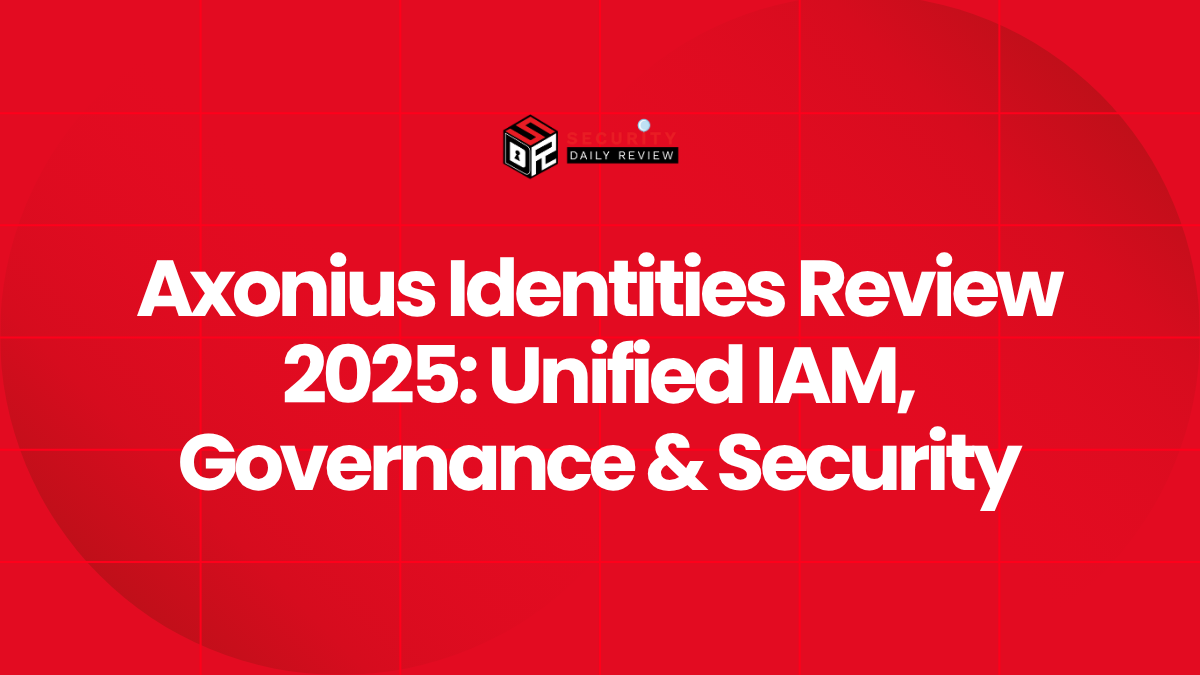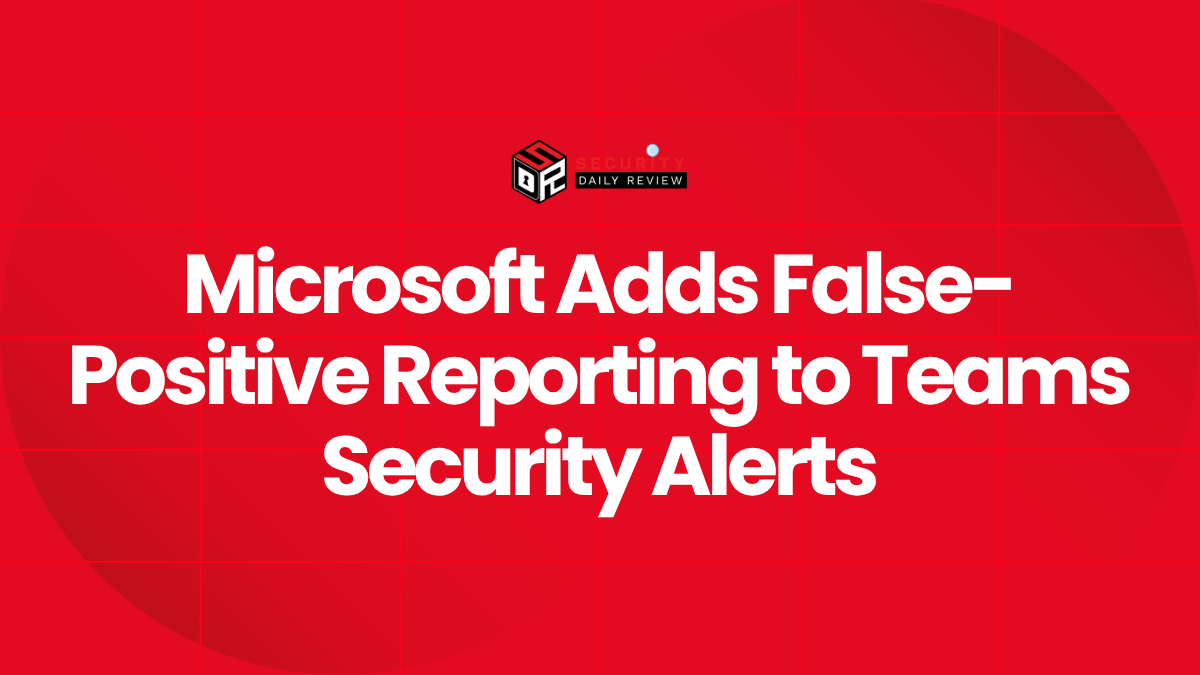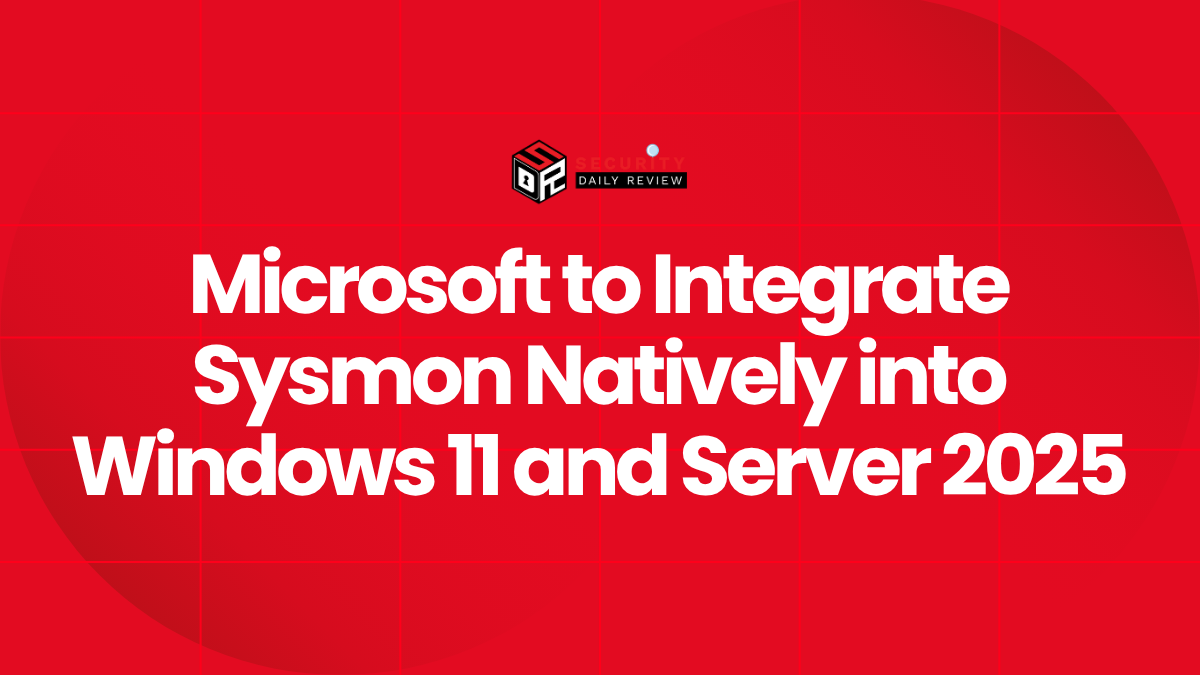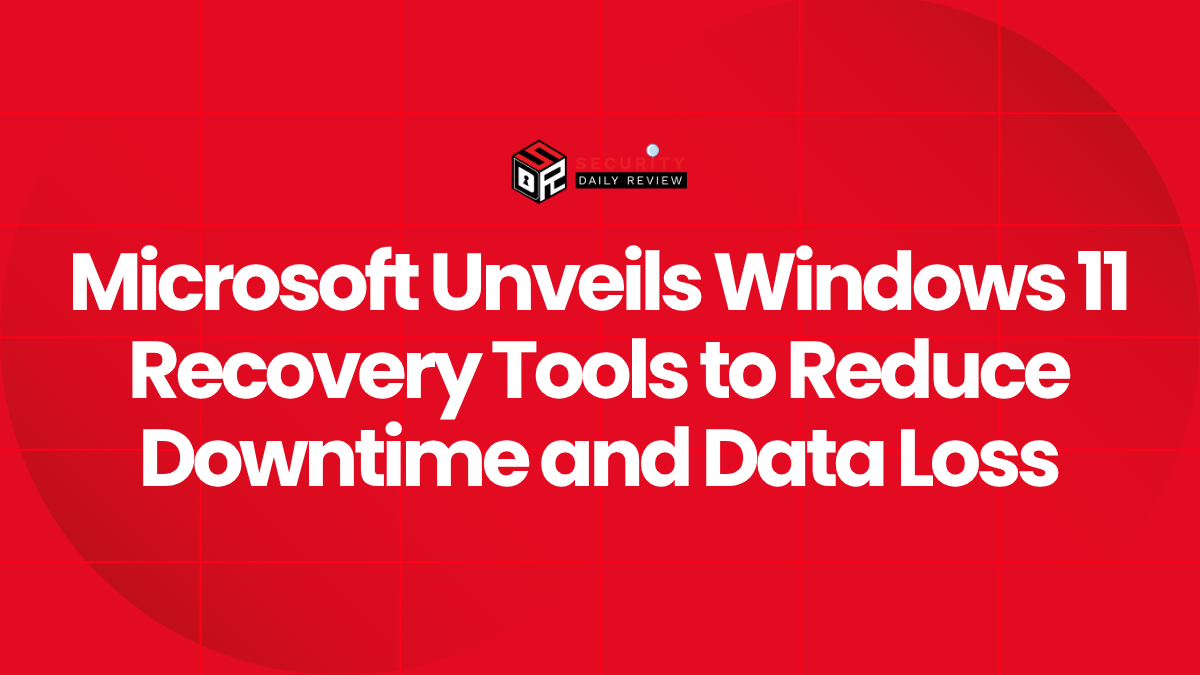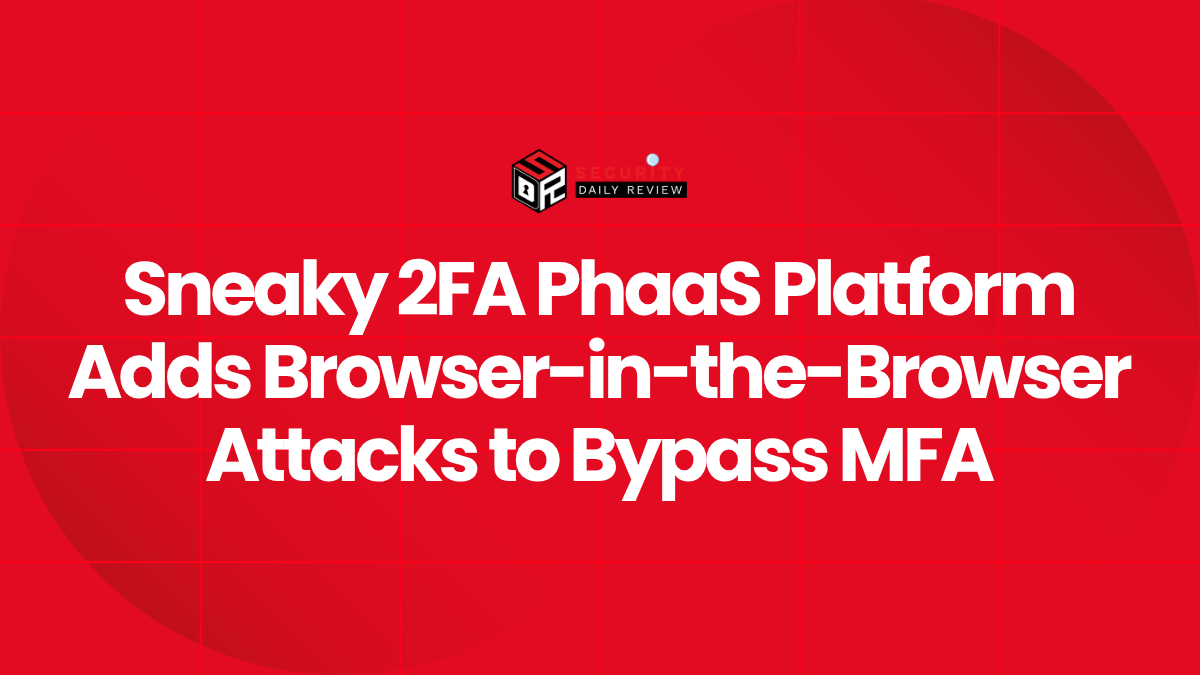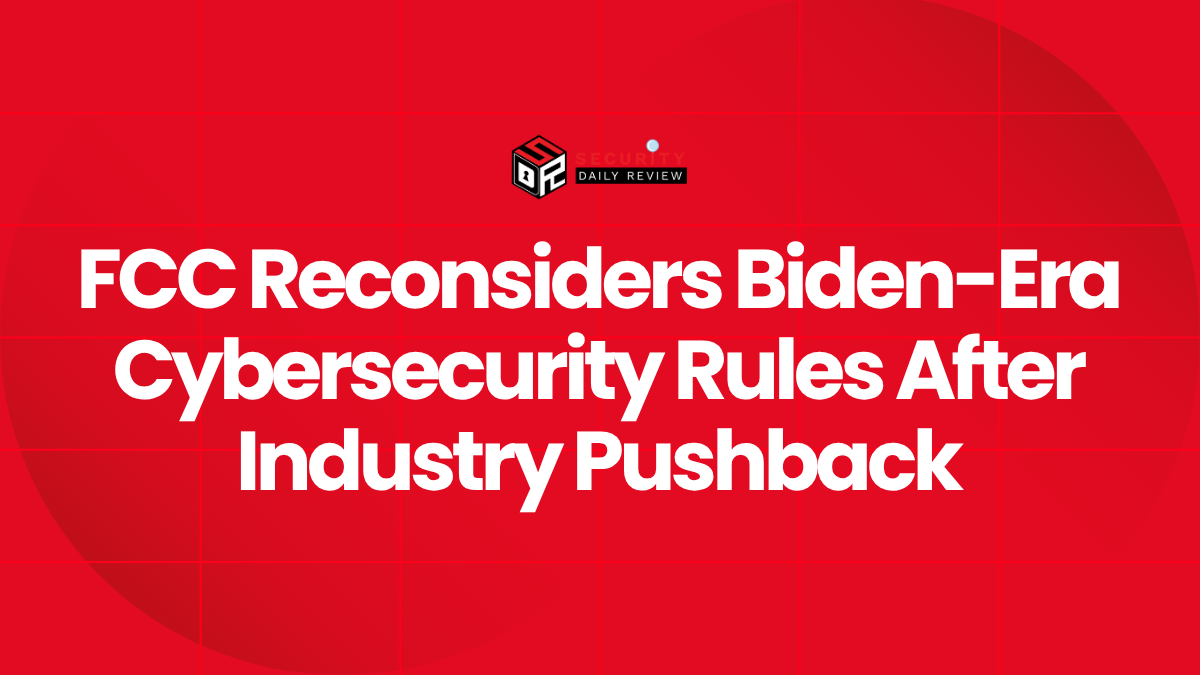Axonius Identities is a powerful, modern tool for organizations seeking to unify identity management, governance, and security in one integrated platform. Its strengths lie in visibility (especially for non-human identities), policy enforcement, entitlement consolidation, and automation. While enterprise-grade and likely more suited for organizations with significant scale and identity complexity, its innovations in rule-based governance and AI-assisted insights make it a standout in the IAM/IGA/ISPM space.
What is Axonius Identities
Axonius Identities is part of the Axonius Asset Cloud suite, launched in 2025. It unifies multiple capabilities that are often separated across different identity, governance, and security tools:
- Identity lifecycle management (joiners, movers, leavers)
- Governance (entitlement management, role mining, access reviews)
- Security posture management (identifying weak MFA, excess permissions, orphaned accounts, misconfigurations)
- Threat detection & response for identity threats
It supports both human identities (employees, contractors) and non-human identities (service accounts, bots, cloud roles, tokens). It aggregates identity data (HR systems, directories, IdPs, SaaS apps, cloud, on-prem) into a unified, always-up-to-date identity graph. From there it offers rule engines, AI recommendations, real-time policy enforcement, and audit-friendly logging. (Axonius)
Who Should Use Axonius Identities
- Large or mid-size organizations with complex, hybrid, or multi-cloud environments where identities exist in many systems.
- Companies that have begun to feel the pain of permission sprawl, orphaned accounts, stale entitlements, weak MFA adoption, or “shadow” non-human identities.
- Firms needing strong compliance and audit readiness (financial services, regulated industries) who require rigorous evidence of identity hygiene.
- Security teams wanting to move from reactive reviews into continuous enforcement, dynamic rule-based access control, and behavior-aware security.
- Organizations with resources to deploy and manage a robust IAM/IGA tool; this is not “lightweight” but powerful.
Detailed Feature Breakdown of Axonius Identities
Identity Discovery & Unified Identity Graph
- Continuously discover both human and non-human identities across cloud, on-prem, hybrid systems.
- Integrations with directories, cloud providers, SaaS apps, HR systems. Normalize and de-duplicate identity data to form a clean identity graph.
- Strong real-time or near-real-time updates so the identity view stays current.
Why this matters: Without accurate discovery, all governance, access reviews, policy enforcement are based on incomplete or stale data. This roots the platform in visibility before action.
Rule-Based Policy Enforcement & Lifecycle Automation
- Rules engine that allows policies to be defined in terms of identity attributes, behavioral signals, group membership, and lifecycle events (joiner/mover/leaver).
- Automatic revocation of entitlements when rules are violated (e.g. when user leaves, changes department, no longer meets conditions).
- Manual entitlement assignment where needed, with audit logs and justification, for exceptions or needing granular control.
Entitlement & Role Mining, Peer Group Analysis
- Role mining tools to analyze how permissions are grouped in practice, find overlapping entitlements, redundant roles, and clusters of access that can be simplified. (docs.axonius.com)
- Peer group / peer-based analysis to compare an identity with similar identities (teams or roles) to detect excessive privileges. Tools to simulate or visualize permission drift. (docs.axonius.com)
Identity Security Posture & Hygiene
- Detection of weak or missing MFA, low SSO coverage, stale or orphaned accounts, overprivileged accounts, policy conflicts, access drift.
- Alerts or rules for hygiene issues, continuous monitoring.
Compliance, Audit, Access Reviews & Campaigns
- Campaigns to conduct periodic access reviews: who still needs which entitlements, manual or automated revocations. (docs.axonius.com)
- Justification tracking for entitlements — why someone has a certain permission, with documented rationale. (docs.axonius.com)
- Full audit logging across lifecycle, rule enforcement, identity changes.
Security & Compliance Advantages
- Helps enforce least privilege across both human and non-human identities by continuously evaluating effective permissions and removing excess.
- Improves identity hygiene, reducing risk from orphaned or stale accounts, which are often exploited.
- Provides evidence for audits — who had what access and when, what rules were enforced, how identities changed.
- Ability to detect identity threats early (behavior anomalies, non-human identity misuse).
Pros & Cons
Pros
- Unified platform: combining IGA, ITDR, ISPM in one product.
- Strong visibility across many identity types (not just human accounts).
- Real-time or near real-time policy enforcement, reducing drift.
- AI-driven recommendations help reduce manual work (role mining, rule suggestions).
- Flexible: manual overrides + automated enforcement + justifications.
- Good for compliance-driven organisations.
- Rich dashboards and simulations to understand access, entitlements, and relationships.
Cons
- Likely fairly expensive, especially for organizations without mature IAM teams; pricing not publicly transparent.
- Might require significant setup (integrations, data cleanup, identity normalization) before you get full value.
- Complexity: features are powerful but may have a steeper learning curve, especially for smaller teams.
- For very small orgs with simpler identity needs, some features may be overkill.
Pricing
- As of now, Axonius Identities is newly launched (2025) as part of the Axonius Asset Cloud. Public pricing isn’t clearly published.
- Given the scale of features, expect enterprise-tier pricing or custom quotes for large environments.
Final Recommendation
If your organization is dealing with identity sprawl, non-human identities, compliance requirements, or manual, fragmented identity governance, Axonius Identities is likely one of the best forward-leaning choices. It is built for actionability — not just visibility — combining policy enforcement, AI-assisted governance, and continuous hygiene.
For those with smaller identity footprints or minimal compliance pressure, it may be more than you need right away; but investing now in good identity hygiene can pay off heavily in reduced risk and operational overhead.
Frequently Asked Questions (FAQ)
What exactly are “non-human identities” (NHI), and why do they matter?
Non-human identities are service accounts, bots, API keys, cloud roles, automated agents etc. They often bypass standard IAM/IGA workflows, carry privileges, and are poorly tracked. Axonius Identities helps discover, classify, and govern them, reducing a large hidden attack surface.
How does Axonius differ from traditional IGA platforms?
- More real-time and data-driven (not just nightly syncs or static roles).
- Built-in integrations with many identity sources, infrastructure, SaaS apps, HR systems.
- Rule engines that enforce policies dynamically.
- AI-driven suggestions (role mining, entitlement consolidation).
Can Axonius help with least privilege enforcement?
Yes. Via entitlement consolidation, peer-group analysis, rule-based revocation, and automatic enforcement, the tool helps identify and remove excessive permissions, reducing privilege creep.
What are “entitlement consolidation” and “role mining”?
- Entitlement consolidation refers to grouping functionally equivalent permissions across different systems (which might have different names or contexts) so governance and reviews are simpler.
- Role mining is analyzing real usage and access patterns among users or identities to understand which roles make sense, which are redundant, or which can be merged or simplified.
Is Axonius Identities suitable for smaller businesses?
Potentially yes — but value depends on how complex your identity landscape is. If you have limited systems, few non-human identities, minimal compliance needs, a lighter or more focused tool might be enough. Axonius shines when scale, risk, and complexity make manual identity governance untenable.
How does Axonius support compliance audits?
It maintains detailed logs of identity changes, access reviews, justifications for entitlement assignments, rule enforcement history. Campaigns for access reviews allow you to show who was reviewed when, what changes were made. This helps satisfy evidence requirements for standards like ISO, SOC, GDPR. (Axonius)
What kind of implementation effort and challenges should I expect?
- You’ll need to map and integrate all identity sources: HR systems, SaaS, directories, cloud identities.
- Data cleanup / normalization may be required.
- Rules/policies need careful planning to avoid unintended access removals.
- Change management is needed: managing thresholds, understanding false positives, educating teams.
- Budgeting and licensing will need discussions with Axonius.

